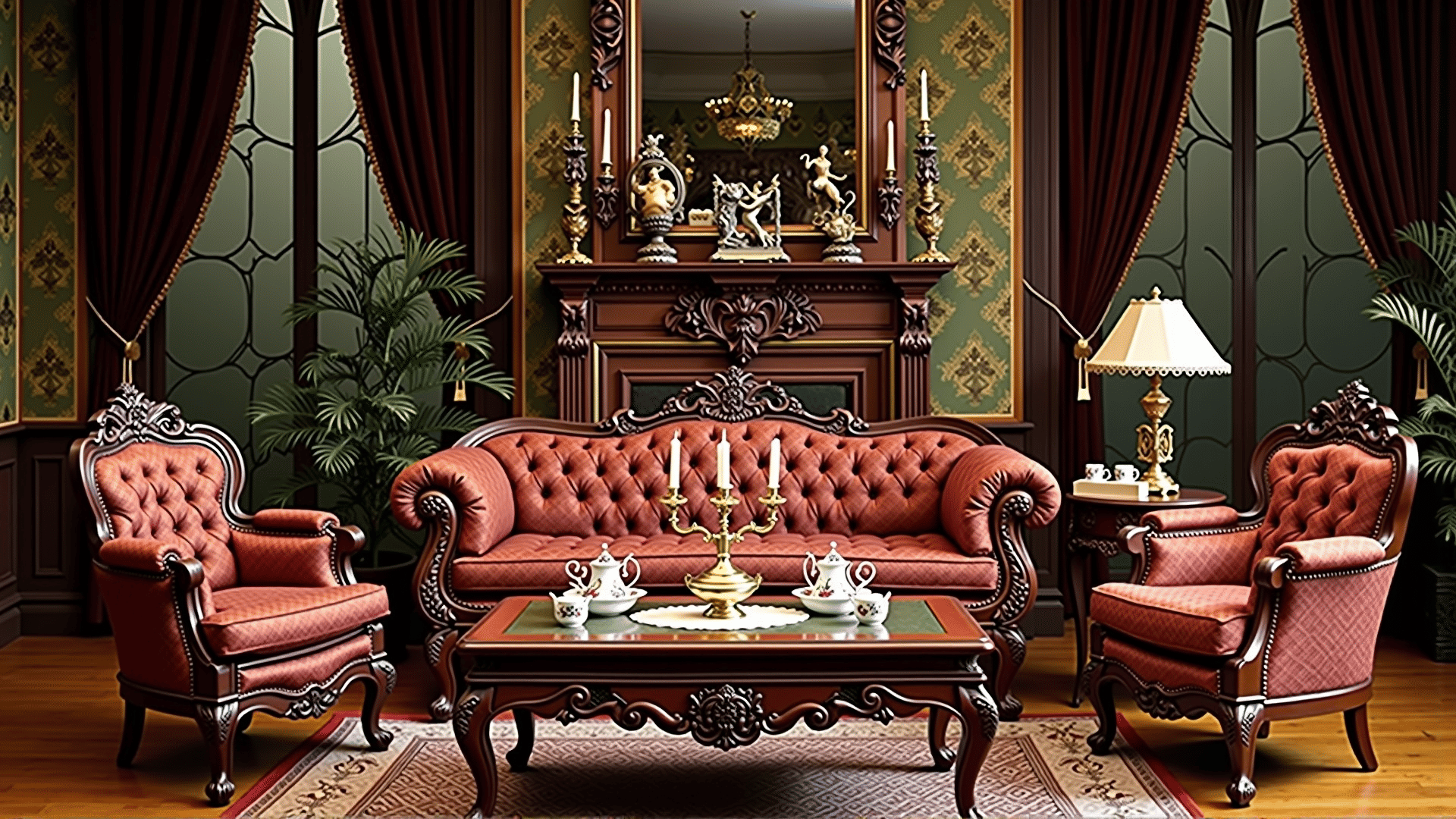The Victorian era, spanning from 1837 to 1901 under Queen Victoria's reign, marked a distinct period of innovation and elaborate design in many facets of life, including interior aesthetics. This era is particularly renowned for its influence on interior pieces, wherein aesthetics were heavily influenced by cultural shifts, technological advancements, and exotic influences.
During this time, interior adornments underwent a transformation marked by an affluent and detailed look. Known for its complex and ornate style, the pieces from this period often featured intricate carvings, rich upholstery, and an abundance of decorative elements. This era was characterized by an eclectic mix of styles, drawing inspiration from Gothic, Rococo, and Louis XV styles, among others, resulting in a fascinating blend that was both novel and nostalgic.
Material innovation was a hallmark of this period. With the advent of the Industrial Revolution, there was an emergence of new materials and methods. Mass production became possible, allowing for more intricate details and an increase in availability. Previously rare materials such as mahogany and walnut became more accessible, enabling greater variety and creativity in design. Furthermore, the use of upholstery saw considerable change with the increased use of materials like horsehair, velvet, and damask, which added layers of texture and luxury.
In addition to the materials, the era was marked by a fascination with opulence and grandeur. Interiors became a reflection of one's status, where more opulent pieces were symbolic of wealth and taste. Styles were not only elaborate but also incorporated themes from nature, influenced by the Romantic Movement. Floral patterns and motifs of plants and animals were heavily employed, showcasing the Victorian love for nature and the exotic.
Technological advancements also played a role. The advent of steam-powered machines meant that production could be both faster and more precise, allowing for the creation of complex patterns and detailed carvings that previously would have required painstaking handcrafting. This mechanization contributed significantly to the unique styles of the period.
Moreover, the Victorian era embraced international influences, integrating elements derived from different cultures, such as Asian and Middle Eastern motifs. This was in part due to increased global travel and trade, which brought new ideas and aesthetics to Europe, further enriching the Victorian design lexicon.
In essence, the Victorian era witnessed a transformation in interior design that reflected broader societal changes. The period's influence is still evident in many modern interiors, where the emphasis on quality materials, detailed craftsmanship, and diverse stylistic influences continues to inspire. Victorian pieces remain a testament to a time when design was an essential expression of art and society.
